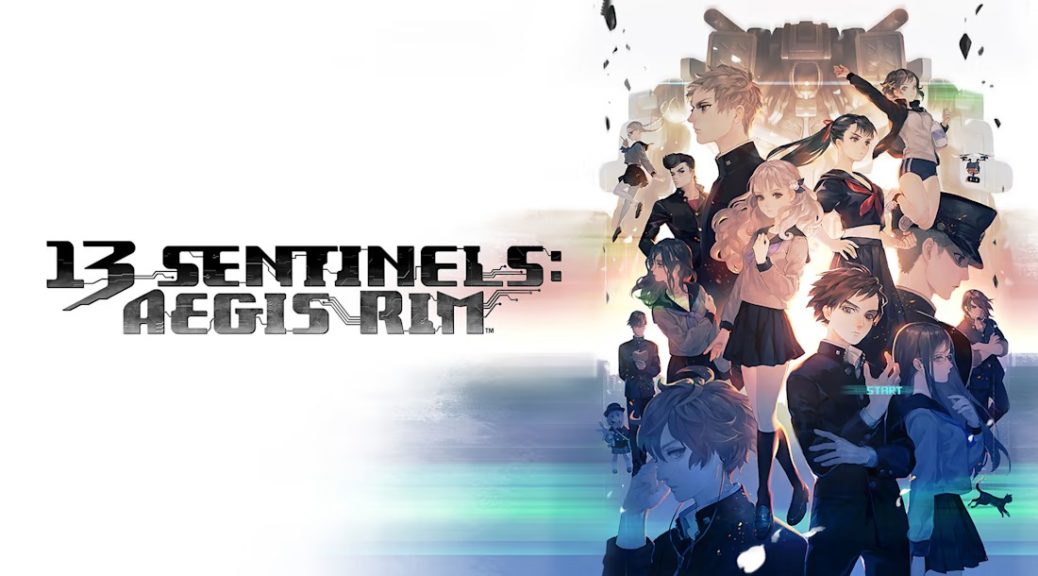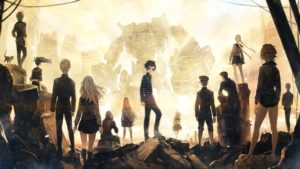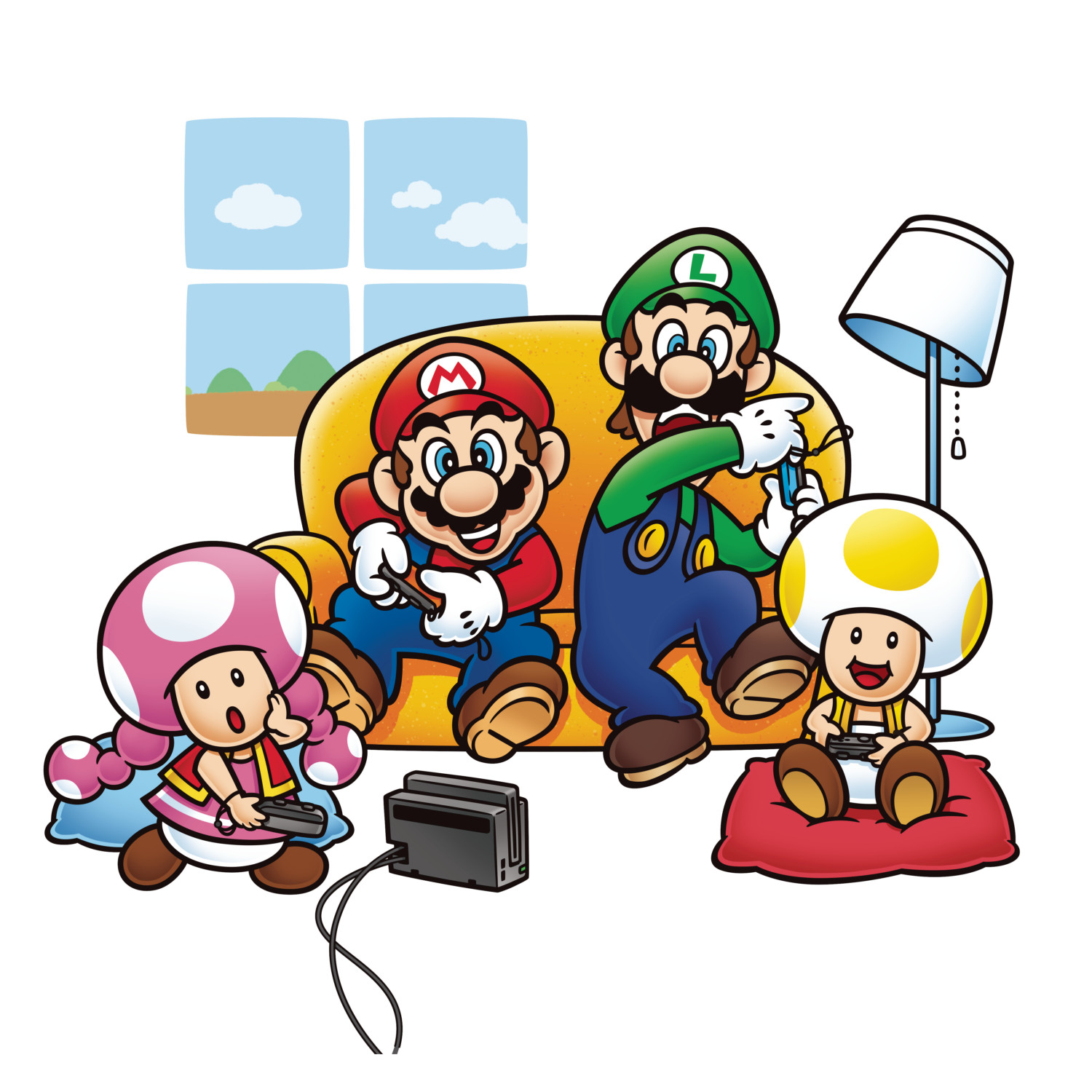
Game Review: 13 Sentinels: Aegis Rim(Switch)
Vanillaware introduces players to the 2020 sci-fi mystery epic following 13 protagonists trying to prevent a kaiju Calamity as it finally arrives on the Nintendo Switch.
13 Sentinels: Aegis Rim first released on Playstation 4 after a 2 year delay which caused the Vita version of the game to be cancelled completely. But now in 2022, the game has finally reached a portable console in the form of the Nintendo Switch. Is this game a futuristic mechanical marvel or does it fall prey to a kaiju size catastrophe? Check out our review to find out.

The game is a combination of a sidescrolling graphic novel with a real time strategy component where 13 characters use giant mechanical suits(the titular Sentinels) to hold off an invasion of kaiju that invade their city. You’ll travel through time and space to look for answers and learn more each character’s story while trying to save the world from total destruction.
The initial tutorial of the game guides you through the two main avenues of progressing the story, Remembrance and Destruction. These serve as the narrative and action portions of the game respectively.
Remembrance follows one character at a time with a few choices and actions that need to be performed by the player. These walk you through interactions and scenarios that slowly flesh out the series of events that lead up to the battles that happen in Destruction. It portrays the story through a oil painting style lens that is a delight to look at.
Destruction is the real time strategy based side of the game(also known as RTS) that focuses on navigating 6 characters at a time as they pilot Sentinels through a variety of battles. These have a countdown timer that pauses as you select what a character will do on their turn. Time will continue to countdown once your unit has moved and is on cool-down. Different actions have varying lengths of cool-down periods during which enemies will attack so you have to navigate the battlefield carefully to avoid accruing damage and running out the clock.
Once you complete the tutorial, you’ll be able to switch between the two modes at will for the most part. Certain chapters in Remembrance are locked behind specific conditions such as completing a chapter in another character’s story or clearing a certain stage in Destruction.
This helps balance the amount of time that you spend doing either approach to the game while rewarding you for the other. For Remembrance, this comes in the form of Meta Chips which you can use to upgrade your Sentinels and enhance their attacks. And clearing stages in Destruction leads to more paths being unlocked.
It also serves as a nice break from what can easily turn into an hours long session of episodic storytelling with the chapters in Remembrance. I will say that the majority of the game is centered around the side scrolling, point and click style section of Remembrance so you will find yourself watching cut-scenes for most of your time. But this isn’t necessarily a bad thing since the narrative told here is compelling and the art style is gorgeous to see.

My approach to the game involved starting with the more peripheral characters and working my inwards until hitting a limit and then switching to Destruction. You can definitely advance characters a bit past the place of the battles chronologically but it’s usually minor in terms of spoilers.
Seeing the percentage continue to rise for each character until finally hitting “Clear” was definitely very satisfying on top of the information and discoveries that you make by playing through each of the character’s perspectives.
Warpaths
As someone who would usually stray away from the visual novel genre, this game’s approach really hooked me in a way I wasn’t expecting. The level of storytelling caught me completely off-guard once I start delving into the game. I was engrossed in the mysteries that were being uncovered as I made my way through the game and saw more of the story from different perspectives.
While the majority of these sequences have minimal player inputs required much like a visual novel, the dynamic art style and voice acting served as a great foundation for the narrative experience. There is just enough effort required from the player in the form of moving a character, accessing your Thought cloud, or connecting a thought to a conversation that kept me invested.
The Thought Cloud function lets your character ponder certain information or items and even turn those items into interactions with other characters. I liked the idea of this function but often times the dialogue for these items would remain the same across chapters which would discourage me to use it. But thankfully, there’s a fast forward features to zoom through dialogue that you have already read without skipping new lines. This came in handy when replaying chapters and making different choices to reach new endings.
There is a final mode of sorts called Analysis which keeps track of events, items, and people that you meet throughout the story. It’s a nice collection that players can visit to track what’s been revealed so far. To unlock certain items you’ll use Mystery Points which you earn from Destruction. It’s not much more than that but can be helpful if you take a break from the game and want to see information about what’s been revealed so far.
The War
Destruction is the section of the game that I expected to take up way more of the my play time was only around 20% of total time with 13 Sentinels.
In Destruction, you navigate 6 units/characters through a battle and complete certain objectives such as using a particular character or clearing the battle under a specific time limit. This helps mix up your party and test different moves or abilities that differ slightly by character. Each one pilots a Sentinel which have different strengths and weaknesses. It’s often important to pair them together correctly in order to make sure attacks are hitting effectively as possible.
The most common objective in these battles is defending certain spots of the map by taking out enemy kaiju that beeline towards it. I found those scenarios to be okay with the most interesting twists having super enemies spawn and be tasked to take them out. This is where the real strategy mentality comes into play.
You may have to use EMP abilities to shut down enemy defenses or making them fall from the sky which can help your grounded units inflict damage on them. Placing units in the strategic positions while waiting for this grounding of the enemy will keep all your units busy or in motion which helps the flow of the battle stay dynamic.
While it can be fun to try out the different mechs’ abilities, I ended up switching to casual mode near the end of the game in order to get more answers to the questions I had from the story. This is a great alternative for players looking to just enjoy the narrative. But there’s also an Intense mode for players looking to challenge themselves.
Even though the Destruction side of the game is the culmination of all these characters’ stories, it isn’t always the strongest part of the game.
The maps didn’t have much variety in their layout though they have a clean futuristic aesthetic along with the same amazing sound design from other parts of the game. I do wish enemies were more visually distinct to be able to recognize them more quickly since the tutorial levels explain their weaknesses in order to prepare for the fight. But without honing in on certain enemy units, it’s harder to tell if attacks will be effective or not since there are few indicators.
As for performance, it was pretty consistent though I could feel some stuttering near the very end of the game when the screen was absolutely covered in units. Nothing too severe though since the battle was nearly over.
Destruction contains the missions and payoff for the stories but pales a little in it’s execution. Though I can’t judge it too harshly since the meat of the game clearly lies in the Remembrance part. It can get repetitive but if you want a break from the side scrolling adventures of Remembrance, you can get your break here for sure.
Final Log
Overall, this is one of the most complicated narratives I’ve seen in a video games which comes with its strengths and flaws. It succeeds in pulling it off because playing through the narrative is rarely a chore. I only found a handful of moments where I needed to look up how to reach certain story endings because it was fairly intuitive. The Destruction side does get a bit repetitive over time but feels secondary enough to Remembrance that I don’t mind that slight weakness. Switching between both carries a high level of satisfaction that I normally don’t have from visual novels.
The internet culture behind this game can be summarized much like a cult classic show where fans want to spread the word of piece of media while struggling not to spoil it. That’s also the case for me here since I know the journey will be a delight if you are a fan of sci-fi goodness and the nonsense that comes with it.

A review code for 13 Sentinels: Aegis Rim was provided by Atlus for the purpose of this review.
